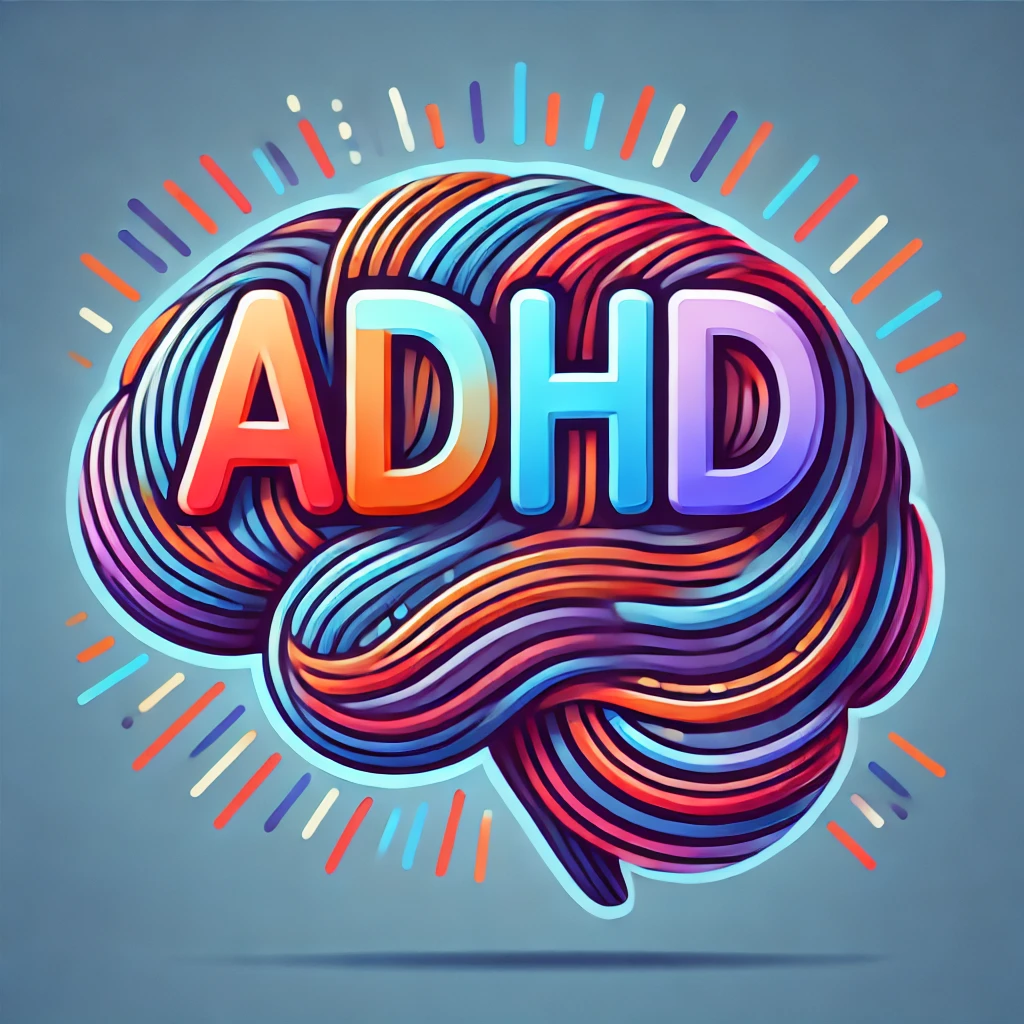Attention Deficit Hyperactivity Disorder (ADHD): Everything You Need to Know
What is ADHD? Attention Deficit Hyperactivity Disorder (ADHD) is a neurodevelopmental condition characterized by difficulties with attention, impulse control, and hyperactivity. It impacts millions of individuals worldwide, influencing their academic, professional, and social lives. Contrary to common misconceptions, ADHD isn’t a sign of laziness or lack of discipline but a legitimate medical condition that often requires structured treatment and support.
Primary Symptoms of ADHD ADHD symptoms generally fall into three categories:
- Inattention: Trouble focusing, forgetfulness, disorganization, and inability to complete tasks.
- Hyperactivity: Excessive movement, fidgeting, or an inability to sit still.
- Impulsivity: Acting without thinking, interrupting conversations, or making hasty decisions.
Symptoms can vary significantly from person to person and change over time, which is why a personalized treatment approach is often necessary.
ADHD in Adults ADHD isn’t just a childhood disorder. Many adults experience ADHD, often with symptoms that interfere with work performance, time management, and relationships. Adults may exhibit:
- Difficulty meeting deadlines
- Trouble organizing tasks
- Impulsivity affecting finances or personal relationships
The impact of untreated ADHD can lead to job instability, substance abuse, and increased anxiety and depression. However, effective treatment can significantly enhance daily functioning.
Prevalence of ADHD
- Approximately 8.7% of adolescents and 4.4% of adults are affected by ADHD.
- The condition is more common in boys than girls during childhood but often persists into adulthood.
Types of ADHD ADHD is categorized into three primary types:
- Predominantly Inattentive Presentation: Issues with focus and organization without significant hyperactivity.
- Predominantly Hyperactive-Impulsive Presentation: Primarily characterized by hyperactivity and impulsive behaviors.
- Combined Presentation: A mix of inattentive and hyperactive-impulsive symptoms.
Causes of ADHD The exact cause remains unknown but is thought to involve:
- Genetics: Family history often plays a role.
- Brain Structure and Chemistry: Differences in brain activity, neurotransmitter imbalances, and reduced dopamine levels may contribute.
- Environmental Factors: Exposure to toxins, maternal substance use during pregnancy, and low birth weight may increase risk.
Diagnosing ADHD ADHD is diagnosed through comprehensive evaluations, often involving:
- Clinical interviews and behavioral questionnaires
- Reports from parents, teachers, and significant others
- Medical assessments to rule out other conditions
Seeking Help for ADHD Begin by consulting a healthcare professional for a formal evaluation. Sly Academy offers tools, resources, and support to guide you through the process.
Treatment Options for ADHD Effective management of ADHD often includes:
- Medications: Stimulants and non-stimulants help regulate brain activity.
- Behavioral Therapy: Cognitive-behavioral therapy (CBT) aids in developing coping strategies.
- Lifestyle Adjustments: Exercise, balanced nutrition, and structured routines can complement medical treatment.
Risks of Stimulant Misuse While effective, stimulant medications carry the risk of misuse and dependency. Adhere strictly to prescribed doses and maintain open communication with healthcare providers.







